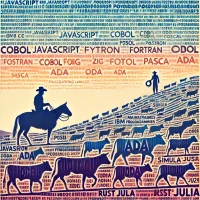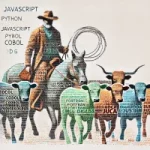Unicode is a universal encoding standard designed to support every language and symbol in use today. This article provides an in-depth look into how Unicode works in application development, exploring the challenges of string comparison, normalization, and the multiple ways that the same visual character can be represented. Learn how to handle Unicode strings in Python, JavaScript, and C, and discover how normalization can resolve issues when comparing visually identical characters.
Continue Reading “Understanding Unicode: A Deep Dive into Universal Text Encoding”


Recent Comments